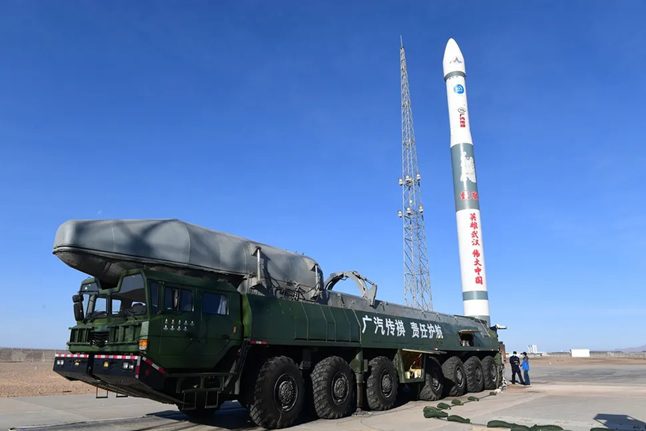If you can get yourself to Lackland Air Force Base in San Antonio, Texas for 24-26 February you could attend the Rapid Delivery of Military Capabilities via Space technology forum. And if you have near-term commercial systems that can deliver military capabilities via space then the US Department of Defense’s Department of the Air Force wants to receive information about your transport technologies by 15 March
The DOD has published its request for information about such a capability and it says
Can individual vehicle capabilities be man-rated to enable the insertion of a squad-sized,combat-equipped team into any global contingency? If so, describe a notional spiralevolution to the future capability?
And it asks responders for information on near-term systems that could one day be prepared for flight in 2h and then have a 2h flight time to a destination about 5,000nm away. These near term systems should be able to deliver at least a 200kg (440lb) unmanned air vehicle or unmanned ground vehicle that fits into a volume of 2 cubic metres or less
Now there are a range of commercial systems that could deliver that, and I won’t list them now, but the RFI refers to some, asking the question whether government furnished equipment in the form of United Launch Alliance Atlas or Delta rockets could be integrated with the vehicles to be deployed?
And all this is put into a 2025 timeframe. The RFI asks responders to describe a spiral development process that could lead to a 13,636kg (30,000lb) suborbital delivery for unmanned payloads to any point on the globe, including the poles [italic emphasis added]
This RFI follows in the footsteps of SUSTAIN, which according to the RFI was designated as a formal need and documented in the US Marine Corps’ universal need statement of July 2002
Now I come across some quite, forward thinking shall we say, research contracts during the course of my job but this wide, all encompassing request for info about systems and technologies that can launch an unmanned or manned vehicle of anything up to about 15,000kg in mass into a low Earth orbit and either loiter there or immediately reenter to a point on Earth has to standout as, well, challenging
But, if you think you have the tech to make it happen then your point of contact is paul.damphousse@osd.mil






